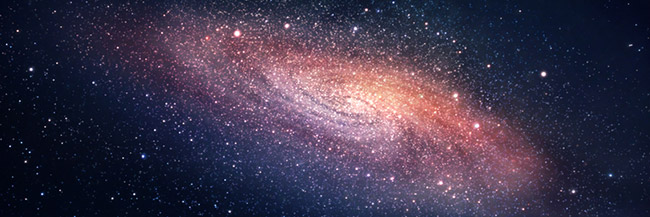Space Rock Bombardment Has Left Us With a “Porous” Moon

Scientists report to us that there are always meteoroids flying through space, some hurtle close by our planet while others make an impact; however, the percentage of these space rocks that actually collide with Earth are rare with most just fizzling out in our atmosphere. But that statement isn’t true with our moon. In fact, researchers are now taking a closer look at the Lunar Highlands – located on the far side of the moon – to determine what the constant collisions of space debris has done to its surface.
The Porous Moon
It’s estimated that four billion years-ago the moon took a pounding by a flurry of asteroids during a period that is now referred to as the “Late Heavy Bombardment.” The barrage of space rocks carved out craters and opened deep fissures in its crust which has now made it more porous.
However, MIT scientists are currently exploring the most heavily porous region on the far side of the moon with a new theory. The constant pounding of asteroids (mostly small) on the already fractured surface has had the opposite effect in that the cracks are now sealing up which decreases its porosity.
This effect has been observed on the mega-regolith (upper layer of the crust) which is dominated by craters measuring approximately 30 kilometers (20 miles) or less in diameter. Although, interestingly, the deeper layers with larger craters are not as fractured or porous.
So what does this all mean and why are researchers excited?
Jason Soderblom (MIT’s Department of Earth, Atmospheric and Planetary Sciences) gives us a clue in his statement;
“The whole process of generating pore space within planetary crusts is critically important in understanding how water gets into the subsurface. On Earth, we believe that life may have evolved somewhat in the subsurface, and this is a primary mechanism to create subsurface pockets and void spaces and really drives a lot of the rates at which these processes happen. The Moon is a really ideal place to study this.”

Image credit, Wikipedia; The Moon During LHB and After
Late Heavy Bombardment Produced “Rock Droplets”
Although the moon is thought to have been impacted by the Late Heavy Bombardment, scientists are now theorizing that Earth may have also been affected by this asteroid assault. However, what exactly happened and how long it lasted still elude researchers today.
To gain further information on the LHB investigators need some physical evidence to study. The most obvious place to start is the point of impact (ie the craters left behind), of course the moon has some well preserved points-of-impact, but Earth’s are quickly destroyed due to the natural erosion of the terrain.
This does not stop scientists on their mission to find out exactly what happened, so they looked to another natural occurrence; sand-sized rock droplets called, spherules that were rained down after the impact of a collision.
These millimeter to centimeter-thick layers may be the key to the finding the answers of the Late Heavy Bombardment. Brandon Johnson of Purdue University explains in his statement;
“Spherule layers, if preserved in the geologic record, provide information about an impact even when the source crater cannot be found.”
Co-author Jay Melosh of Purdue University further elaborates;
“We can look at these spherules, see how thick the layer is, how big the spherules are, and we can infer the size and velocity of the asteroid. We can go back to the earliest era in the history of the Earth and infer the population of asteroids impacting the planet.”
There is at least twelve spherule beds have been found and are estimated to be around 1.7 billion and 3.47 billion years-old. This reveals what researchers have always suspected, that more impacts were occurring well after the Late Heavy Bombardment was supposed to have ended, which may have something to do with life “taking hold” on our planet.
With our technology on the rise, scientists are more determined than ever to find the answers to some of their most probing questions. Whether a past prolonged asteroid assault in our Solar System has made the moon’s porosity rise or decline and whether its impact on Earth had anything to do with life as we know it, researchers are sure to continue their journey into the mysteries our Earth and beyond has yet to reveal. Stay tuned folks…
